The Battle of Stiklestad was a pivotal event in Norway’s history, shaping the country’s path in many ways that still resonate today.
The battle took place in July 1030 in central Norway and resulted in the defeat of the Christian Viking King, Olav Haraldsson, who would later become the patron saint of Norway.
The battle is considered a critical step in the consolidation of Norway and the establishment of Christianity in the country.
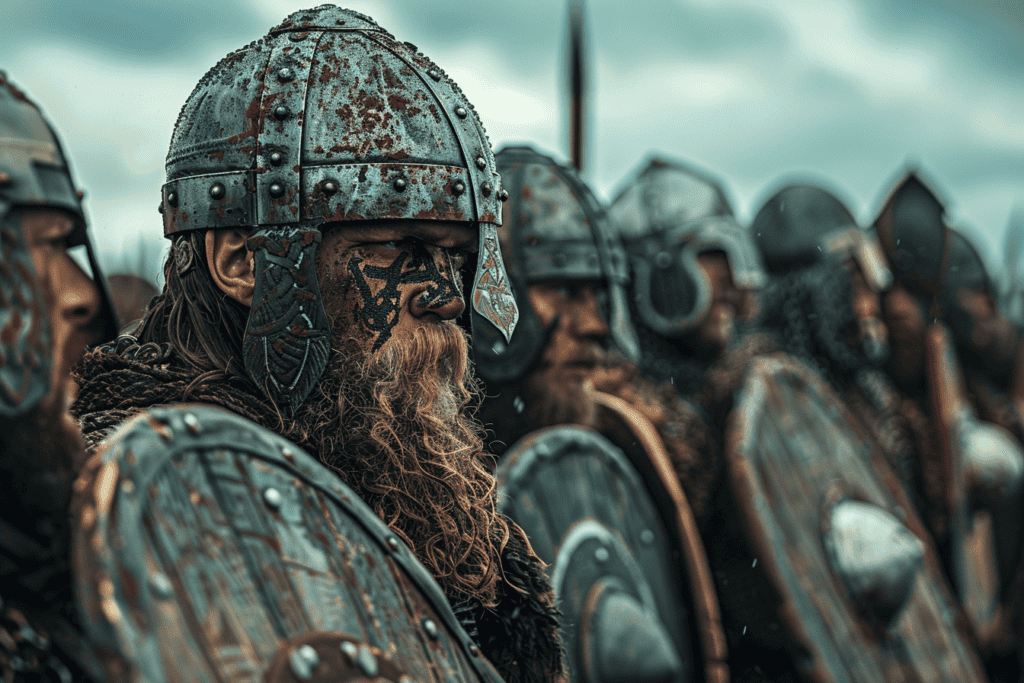
Despite his defeat, Olav Haraldsson’s legacy continued to grow, and he became an important figure in Norwegian folklore and culture.
The battle’s significance was not lost on the people of Norway, who continued to honor Olav Haraldsson’s memory and the battle’s place in their history.
Today, the Battle of Stiklestad is commemorated annually with a large-scale outdoor play that draws thousands of visitors from around the world.
The Battle of Stiklestad’s lasting legacy can be seen in many aspects of modern Norway, from its Christian heritage to its cultural traditions.
The battle played a crucial role in Norway’s consolidation as a nation and its emergence as a major player on the world stage.
Despite the passing of centuries, the Battle of Stiklestad remains an important part of Norway’s identity and a testament to the country’s resilience and determination.
Historical Context of the Battle of Stiklestad

The Viking Age, spanning from the late 8th century to the mid-11th century, was a period of significant political and cultural changes in Norway.
Prior to the Viking Age, Norway was a collection of small, independent kingdoms. However, during this time, powerful chieftains emerged, seeking to unify the country under their rule.
One of the most notable of these chieftains was Harald Fairhair, who succeeded in unifying Norway under his rule in the late 9th century.
Despite Harald’s efforts, Norway remained a collection of semi-independent regions, each with its own chieftain.
The Earls of Lade, based in Trøndelag, were one of the most powerful of these regional powers. They held significant political and economic influence in the region and were known for their support of the traditional pagan religion.
Christianity vs. Pagan Traditions
In the early 11th century, Norway was a country divided between Christianity and traditional pagan beliefs.
King Olaf Haraldsson, also known as Saint Olaf, was a Christian king who sought to spread his faith throughout the country. He saw the Earls of Lade as a threat to his rule and to the spread of Christianity.
The Battle of Stiklestad, which took place in July 1030, saw the forces of King Olaf Haraldsson face off against the forces of the Earls of Lade.
The battle was bloody, and King Olaf was killed in the fighting.
Despite his death, King Olaf’s legacy lived on. He was canonized as a saint by the Catholic Church, and his efforts to spread Christianity throughout Norway were successful.
The battle also marked the beginning of the end for the traditional pagan religion in Norway, as Christianity became the dominant faith in the country.
The Battle of Stiklestad and Its Participants
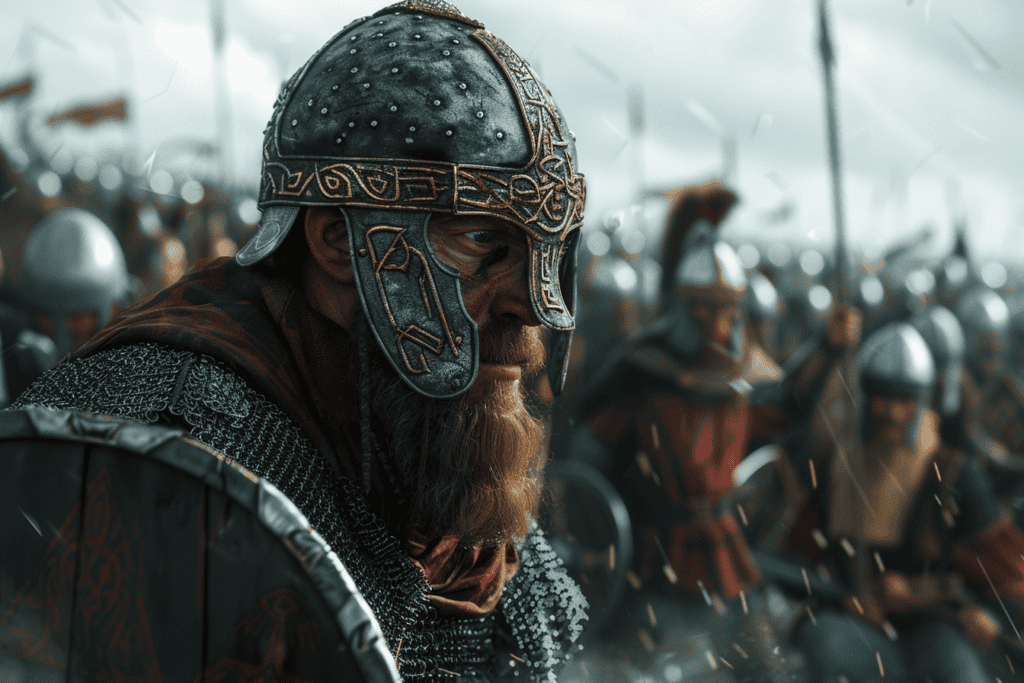
The Battle of Stiklestad was fought in July 1030, between the forces of Olaf Haraldsson and his adversaries.
Olaf Haraldsson, also known as Saint Olav, was a Christian Viking King who was seeking to unite Norway under his rule. He was opposed by a coalition of pagan chieftains led by Erling Skjalgsson, who were supported by the Danish King Sweyn Forkbeard.
Olaf Haraldsson was born in 995 and was the son of Harald Grenske, a petty king in Vestfold. He spent his early years raiding and trading in the Baltic and Russia, but he later became a Christian and returned to Norway to claim the throne.
He was crowned King of Norway in 1015 and began a campaign to Christianize Norway.
Erling Skjalgsson was a powerful chieftain who controlled much of western Norway. He was opposed to Olaf’s efforts to Christianize Norway and saw him as a threat to his power and influence. He formed a coalition of pagan chieftains to oppose Olaf and his Christian supporters.
Sweyn Forkbeard was the King of Denmark and had a long-standing rivalry with Olaf Haraldsson. He saw Olaf’s efforts to Christianize Norway as a threat to his own power and influence in the region. He provided support to Erling Skjalgsson and the pagan chieftains in their campaign against Olaf.
The Clashes on the Fields of Stiklestad
The Battle of Stiklestad was fought on July 29, 1030, near the village of Stiklestad in Norway.
Olaf Haraldsson led his forces into battle against the coalition of pagan chieftains led by Erling Skjalgsson. The battle was fierce and brutal, with both sides suffering heavy losses.
Despite fighting valiantly, Olaf was eventually struck down and killed in the battle. His death was a significant blow to the Christianization of Norway, but it also had a profound impact on the country’s future.
Olaf was later canonized as a saint and became the patron saint of Norway. His death was seen as a martyrdom and inspired many Norwegians to embrace Christianity.
The Battle of Stiklestad was a pivotal moment in Norwegian history. It marked the end of the Viking Age in Norway and the beginning of a new era of Christianization and political unification.
The legacy of the battle can still be seen in Norway today, with Stiklestad National Cultural Center commemorating the battle and its participants.
Stiklestad’s Influence on Norway’s Development
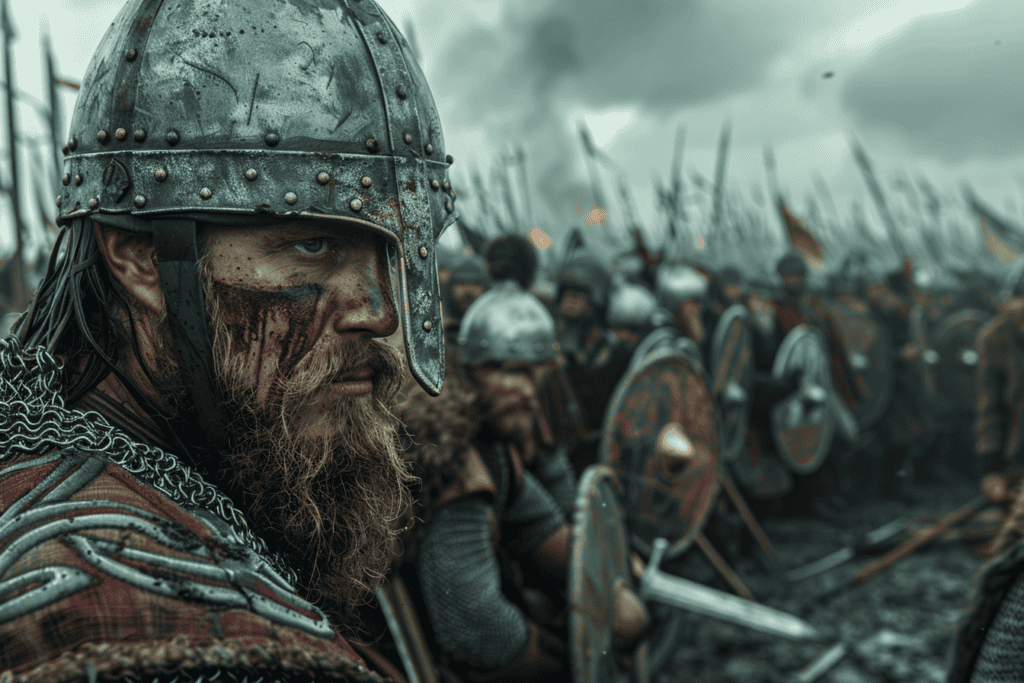
From Battlefield to National Symbol
The Battle of Stiklestad in 1030 marked a significant turning point in the history of Norway.
Although the Christian Viking King Olav Haraldsson was defeated, his legacy lived on, and he went on to become the patron saint of Norway.
The battle is considered a critical step in the consolidation of Norway and the establishment of the Rex Perpetuus Norvegiae, or the Norwegian monarchy.
Over time, the battle became an essential part of Norwegian folklore and culture. It served as a symbol of Norway’s independence and resistance against foreign invasion.
The battle’s importance was further emphasized when Stiklestad became a national monument and the site of the annual St. Olav Festival, which celebrates Norway’s Christian heritage and cultural identity.
The Establishment of Nidaros Cathedral
The Battle of Stiklestad also played a crucial role in the establishment of Nidaros Cathedral in Trondheim.
King Olav Haraldsson’s death at the battle led to his canonization and the construction of the cathedral in his honor.
The cathedral became the center of Christianity in Norway and served as the coronation site for Norwegian kings.
The cathedral’s construction and subsequent importance helped to solidify Norway’s position as a Christian nation and contributed to the country’s cultural and artistic development.
The cathedral’s architecture and artwork, including the famous Rose Window, are a testament to Norway’s rich cultural heritage and artistic achievements.
Stiklestad in Modern Times

Stiklestad has become an important symbol of Norwegian culture and identity. The Battle of Stiklestad in 1030 is considered a critical step in the consolidation of Norway and the Christianization of the country.
Today, Stiklestad is a national cultural center that tells the captivating tale of the battle and its connection to Norwegian history, particularly St. Olav.
The cultural and political symbolism of Stiklestad was also exploited by the Norwegian fascist party, Nasjonal Samling (NS), during World War II.
The NS, led by Vidkun Quisling, identified with the legacy of St. Olav and the Battle of Stiklestad as part of their attempt to create a fascist state in Norway. However, their attempt failed, and the NS was disbanded after the war.
Stiklestad and World War II
During World War II, Stiklestad was occupied by German forces and used as a military base. The Germans built several bunkers and fortifications around the area. Some of these can still be seen today.
The occupation of Stiklestad was a dark period in Norwegian history, but it also highlights the importance of Stiklestad as a strategic location.
After the war, Stiklestad was restored and transformed into a national cultural center. Today, Stiklestad hosts a variety of events and activities throughout the year. These include medieval storytelling, permanent and rotating exhibitions, and cultural festivals.
The center also offers educational programs for schools and groups. This makes it a popular destination for visitors of all ages.
Stiklestad’s lasting legacy has helped shape Norway’s path and identity. The Battle of Stiklestad in 1030 played a critical role in the consolidation of Norway and the Christianization of the country. Today, Stiklestad is an important cultural center that celebrates the history and heritage of Norway. Despite its dark history during World War II, Stiklestad has emerged as a symbol of hope and resilience for the Norwegian people.

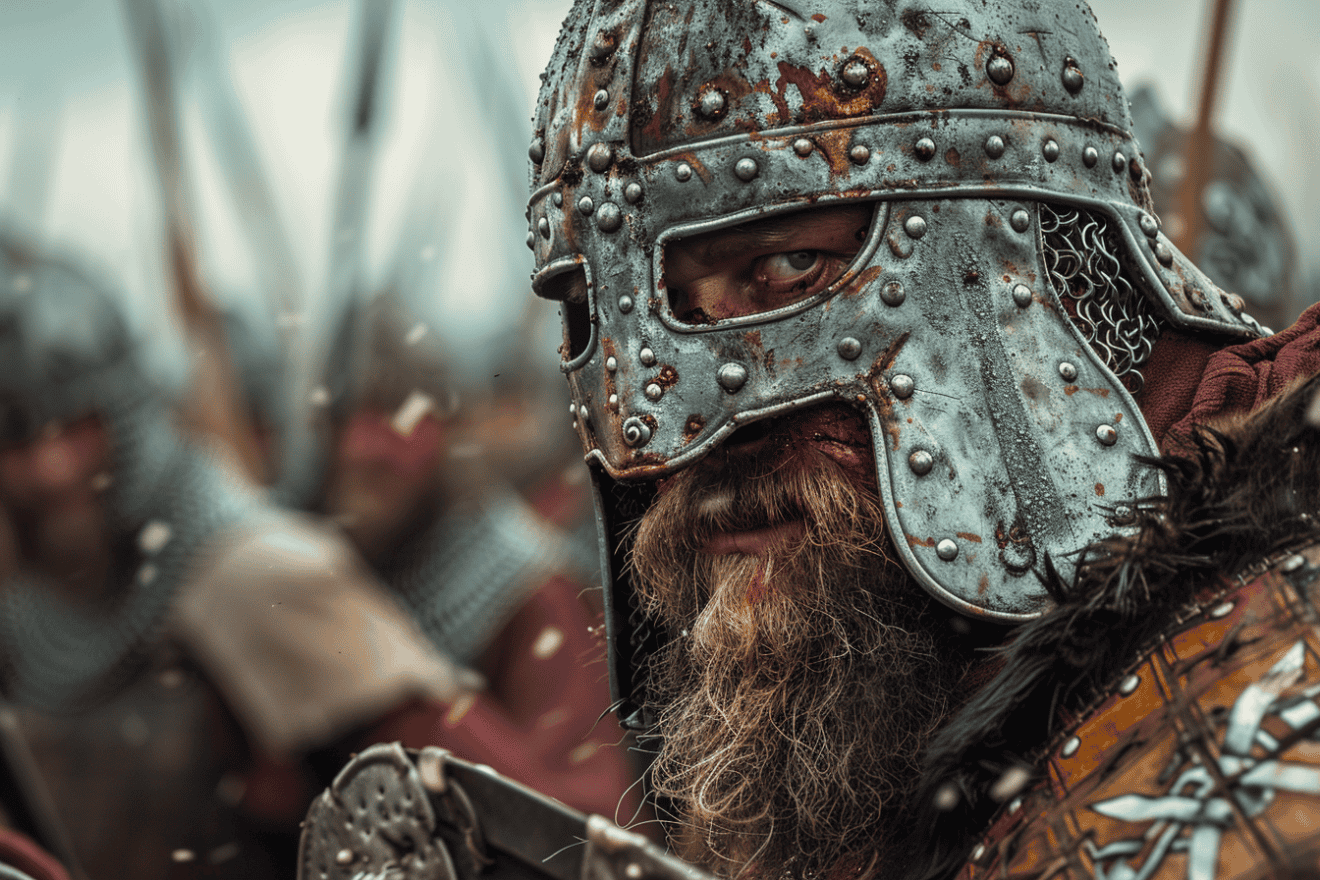

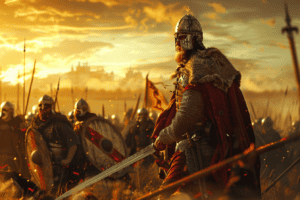






Add Comment